Culture & Travel
11 September 2023Besides their rich historical heritage, castles are the iconic structures that grace both the silver screen and fairy tales. They never fail to enchant those who encounter them, thanks to their captivating atmospheres and storied pasts. The world boasts numerous castles, some open to tourists, drawing countless visitors each year, while others remain shrouded in mystery. So, which castles around the globe are truly worth a visit?
Burghausen Castle
Situated in Germany, Burghausen Castle is a renowned historical marvel. Its most notable feature is its status as Europe's tallest castle, stretching an impressive 1,043 meters. Found in the town of Burghausen on the Austrian border, this castle looms majestically above the town, leaving onlookers in awe. Its vastness is such that it is divided into six distinct courtyards, each with its unique characteristics. Throughout its history, the castle housed individuals from all walks of life, from palace officials to warehouse keepers.
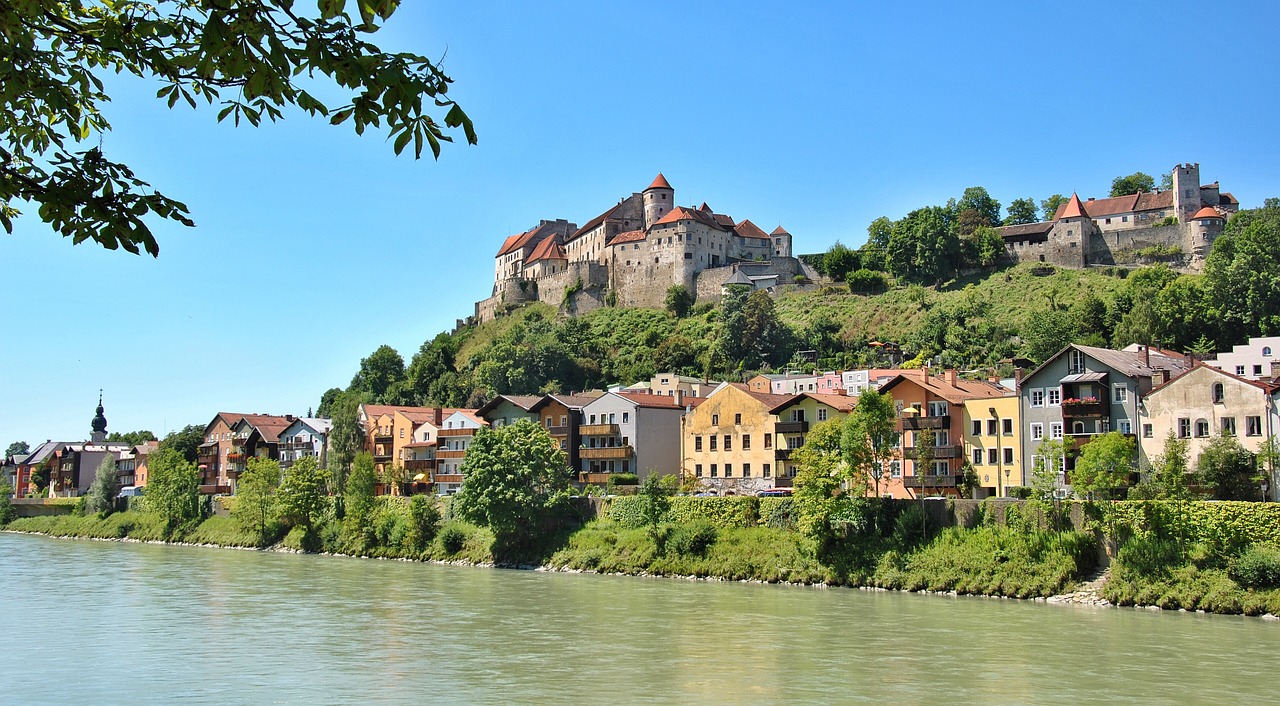
Leeds Castle
Located 8 km southeast of Maidstone in England, Leeds Castle is a historically significant edifice. Erected in 1086, it changed hands multiple times and eventually became a gift to Henry VIII's wife, Catherine of Aragon, as a residence. The castle, a sight to behold, offers stunning views with its crenellated battlements, colorful stonework, and moats. Visitors can explore its expansive 500-acre garden and park, as well as the Dog Collar Museum, which garners considerable attention.
Kronborg Castle
Located in Copenhagen, Denmark's capital, this magnificent castle plays a pivotal role in William Shakespeare's renowned work, "Hamlet." It attracts hordes of tourists annually. Its construction dates back to 1420 when King Eric of Denmark commissioned it to oversee the Baltic Sea. Located 40 km from Copenhagen's center, the castle has held a coveted spot on the UNESCO World Heritage List for 19 years.
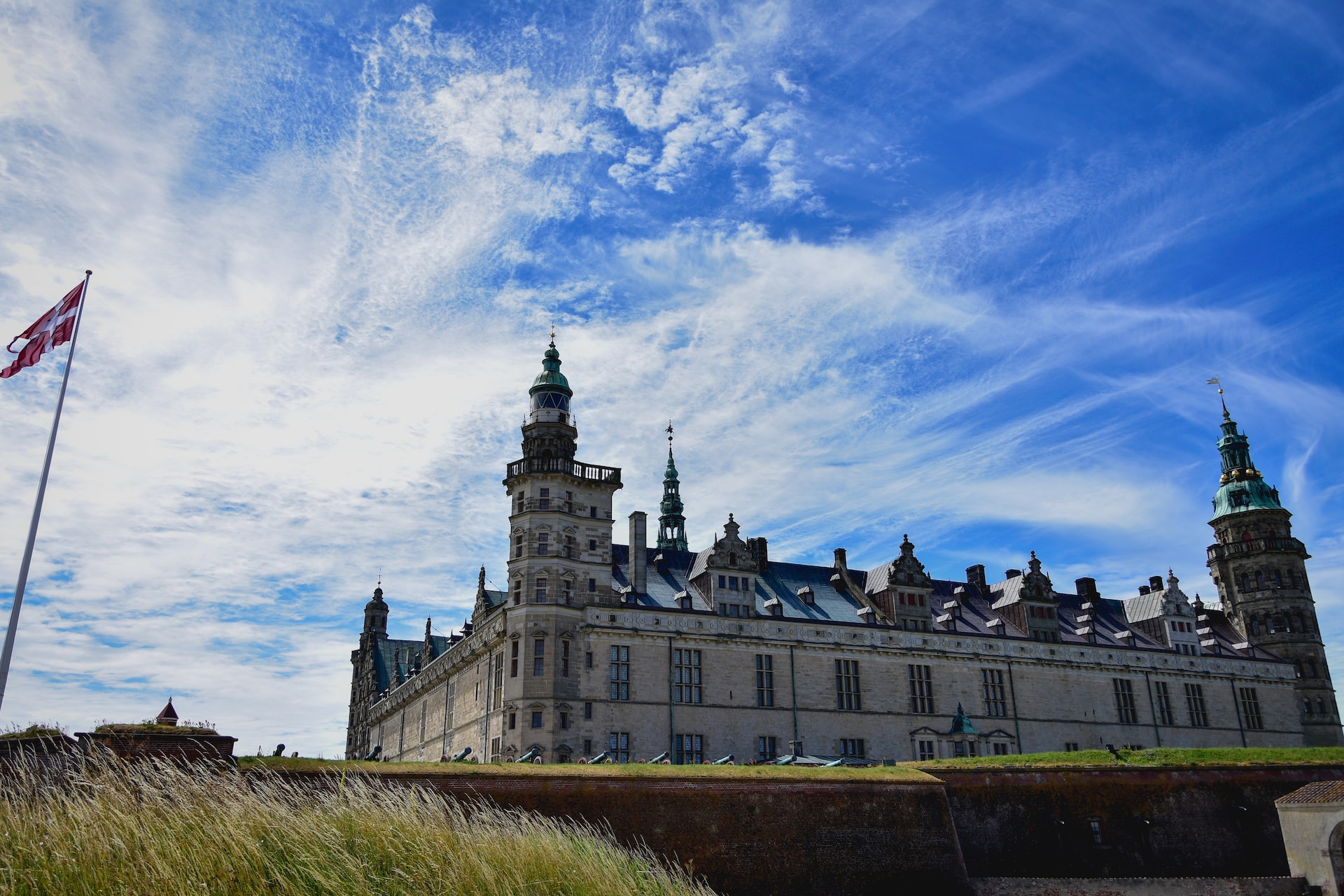
Chambord Castle
Nestled in the Loire Valley of France, Chambord Castle dates back to 1519 AD. Originally conceived as a hunting lodge for King Francis I of France, it later evolved into a grand chateau that dazzles with its opulence. One of its most striking features is its innovative design. This splendid castle, which never fails to mesmerize, also enjoys UNESCO World Heritage status.
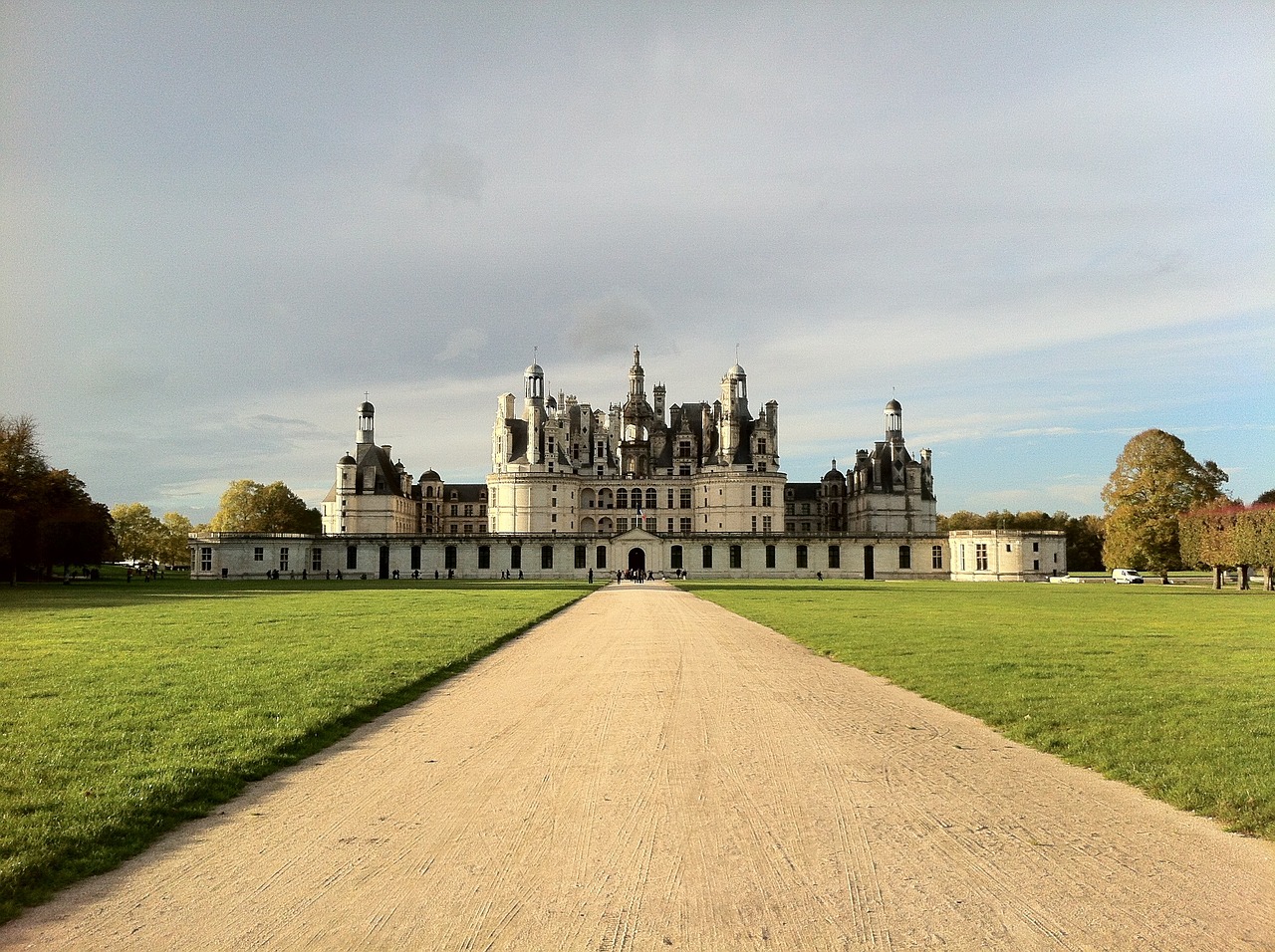
Castel Del Monte Castle
Situated in Italy's Apulia region, this castle boasts a rich history dating back to the 13th century. Emperor Frederick II commissioned its construction in the 1240s, and it is widely regarded as one of Europe's most magnificent castles. History notes it as "the most captivating castle built by Frederick II," and it continues to draw crowds year after year.
Neuschwanstein Castle
Perched in the Bavarian Alps, overlooking the Hohenschwangau valley and the enchanting Schwansee (Swan Lake), Neuschwanstein Castle was commissioned in 1869 by King Ludwig II of Bavaria. It is currently Germany's most frequented historic site and stands as one of Europe's most renowned castles. The castle welcomes over 1.3 million visitors annually, with daily numbers reaching 6,000 during spring and summer. This castle captivates the eye, particularly since it was constructed in the 19th century when castles were no longer built for strategic defense.
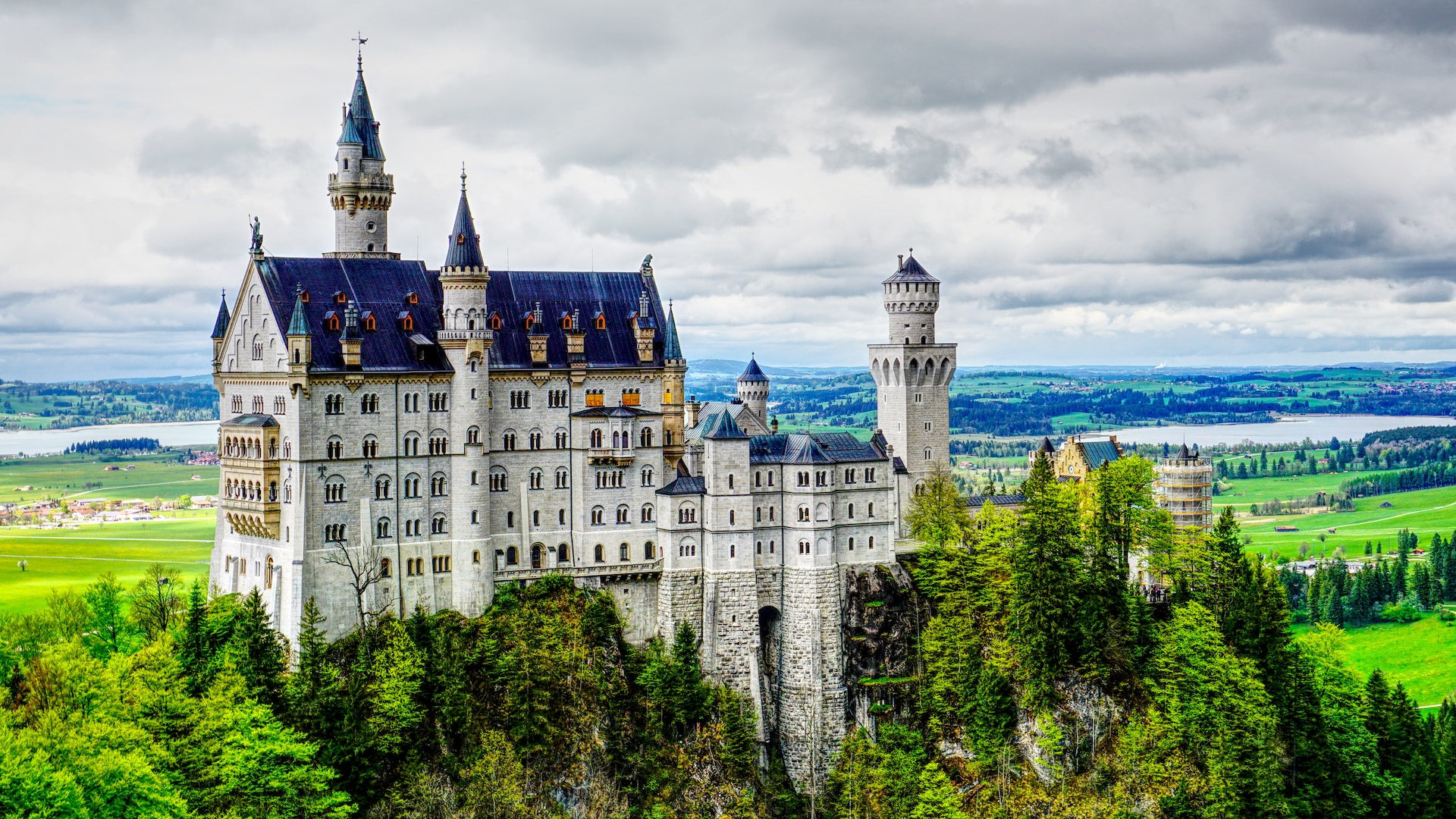
Bled Castle
Found in the town of Bled in the northwest of Slovenia, the magnificent Bled Castle was constructed in 1011. Initially built for defense, it perches dramatically on the edge of a cliff. Although it suffered damage from a severe earthquake in 1511, the castle underwent restoration and has endured to the present day. The view of Lake Bled from the castle's courtyard is simply enchanting. This splendid castle houses both an art and exhibition hall and annually welcomes a multitude of tourists.
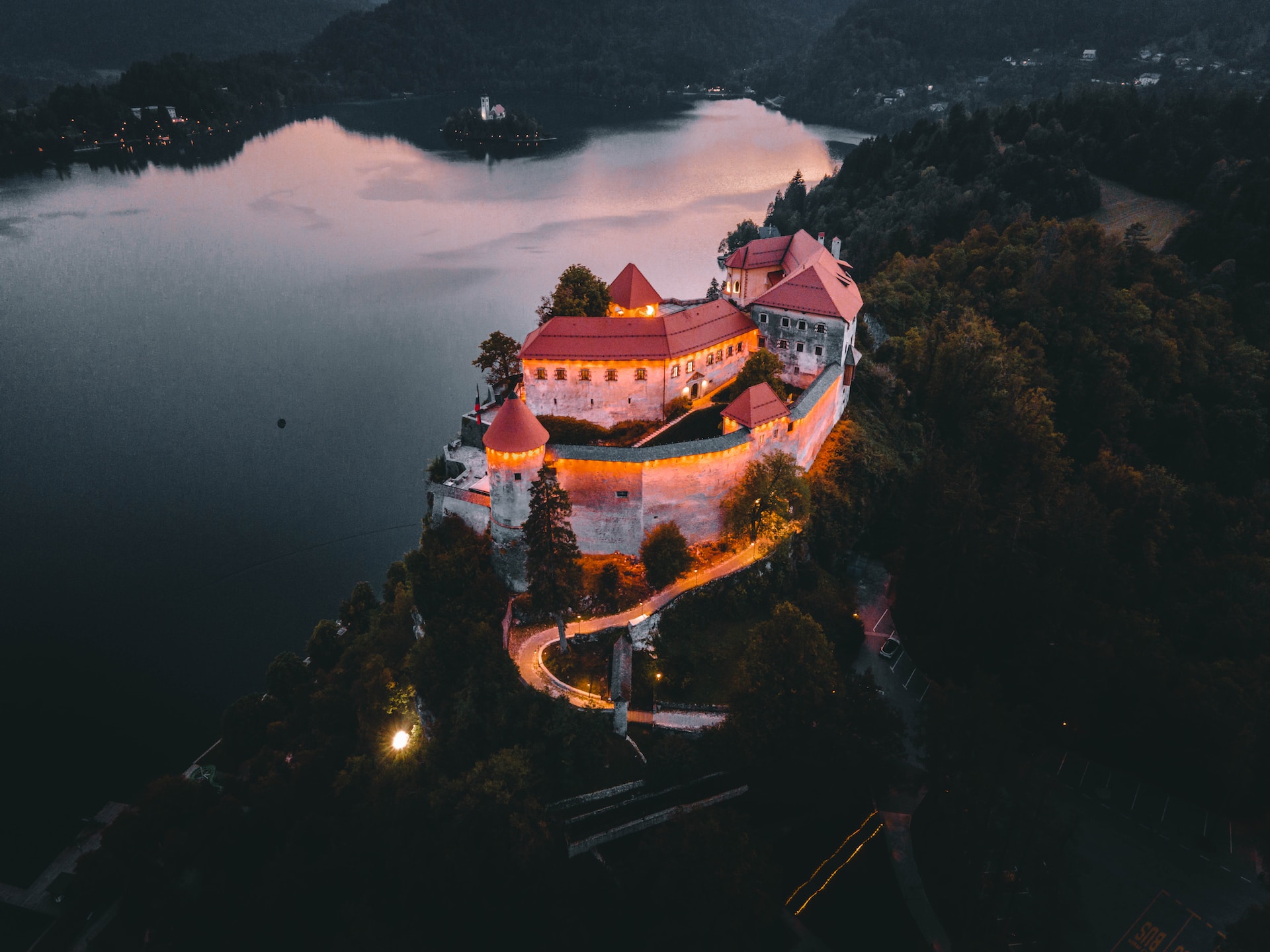
Pena Palace
Pena Palace sits just a stone's throw from Lisbon, nestled within the heart of Portugal. This majestic palace, constructed during the 19th century, beautifully embodies the Renaissance era. It holds historical significance, having served as a chapel during the Middle Ages and later becoming a residence for the royal family in 1493. Despite enduring damage from various natural disasters throughout its history, the palace has admirably endured until the present day. In 1995, it earned a coveted spot on the UNESCO World Heritage List.
Windsor Palace
Located 40 km from London, Windsor Castle was erected in the 11th century by William I to serve as both the royal family's residence and a defense stronghold. In recent history, it was the venue for Prince Harry and Meghan Markle's wedding ceremony and remains a popular tourist destination. The castle comprises numerous intricate structures, including must-see sections such as the royal room, moat room, private room, and doll's house.




